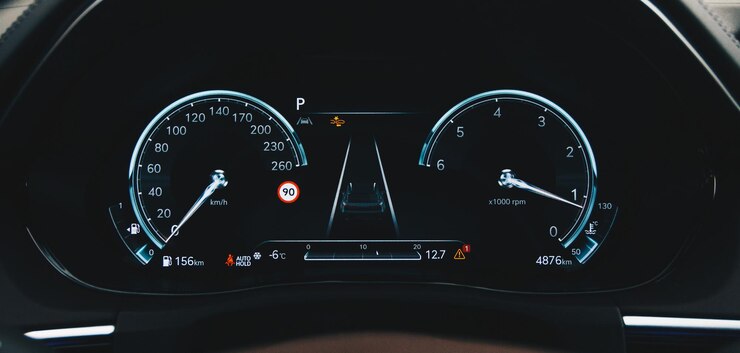Hybrid vehicles have become increasingly popular due to their fuel efficiency and reduced emissions. These vehicles combine an internal combustion engine with an electric motor, creating a hybrid drive system that requires specific monitoring and maintenance. Hybrid drive system warning lights are designed to alert drivers when there is an issue with the hybrid system. In this article, we will discuss some common problems associated with hybrid drive system warning lights and what they may indicate.
- Hybrid Battery Issues: One of the most common causes of hybrid drive system warning lights is related to the hybrid battery. The hybrid battery stores and supplies power to the electric motor. If there is an issue with the battery, such as low voltage or a malfunction, the warning light may illuminate. This could indicate a problem with the battery cells, charging system, or battery management system.
- Charging System Problems: The hybrid drive system relies on the charging system to recharge the hybrid battery. If there are issues with the charging system, such as a faulty charging cable, malfunctioning charging port, or problems with the onboard charger, it can trigger the warning light. This may affect the overall performance and efficiency of the hybrid system.
- Motor or Inverter Malfunction: The electric motor and inverter play crucial roles in the hybrid drive system. The motor propels the vehicle using electric power, while the inverter converts the direct current (DC) from the hybrid battery to alternating current (AC) for the motor. If there is a malfunction or failure in either component, it can lead to the warning light activation.
- Engine-related Problems: Hybrid vehicles also have an internal combustion engine that works in conjunction with the electric motor. Engine-related issues, such as problems with the fuel system, ignition system, or emissions control system, can trigger the warning light. These problems may affect the performance of the hybrid drive system and require immediate attention.
- Sensor or Communication Errors: Hybrid drive systems rely on various sensors and communication modules to monitor and control the system. If there is a fault or malfunction in any of these components, it can result in erroneous readings or a loss of communication, leading to the warning light activation.
- Software or Firmware Updates: Sometimes, hybrid drive system warning lights may be triggered due to software or firmware updates. Manufacturers release updates to enhance performance, address known issues, or improve system functionality. If the system detects a discrepancy or compatibility issue with the software, it may illuminate the warning light until the update is performed.
If you encounter a hybrid drive system warning light, it is important to address it promptly. Here are a few steps to follow:
- Consult the Vehicle Manual: Start by referring to the vehicle’s manual for information on the specific warning light and its meaning. It may provide guidance on initial troubleshooting steps or actions to take.
- Check for Simple Issues: Verify that there are no simple issues causing the warning light, such as a loose gas cap or low hybrid battery charge. Sometimes, these issues can trigger warning lights.
- Restart the Vehicle: In some cases, a system glitch or temporary fault may trigger the warning light. Try restarting the vehicle to see if the warning light persists. If it goes away, it may indicate a temporary issue that has been resolved.
- Scan for Error Codes: Use a diagnostic scan tool to retrieve any stored error codes related to the hybrid drive system. These codes can provide valuable information about the specific problem and guide further troubleshooting.
- Contact a Hybrid Specialist: If the warning light persists or if you are unsure about the diagnosis, it is advisable to contact a hybrid specialist or authorized service center. They have the expertise and specialized equipment to diagnose and repair hybrid drive system issues accurately.
Remember, hybrid drive system warning lights should not be ignored, as they can indicate underlying problems with the hybrid system. Prompt diagnosis and repair can help prevent further damage and ensure the continued performance and efficiency of the hybrid vehicle. Regular maintenance, including hybrid system inspections and software updates, can also help prevent potential issues with the hybrid drive system.











